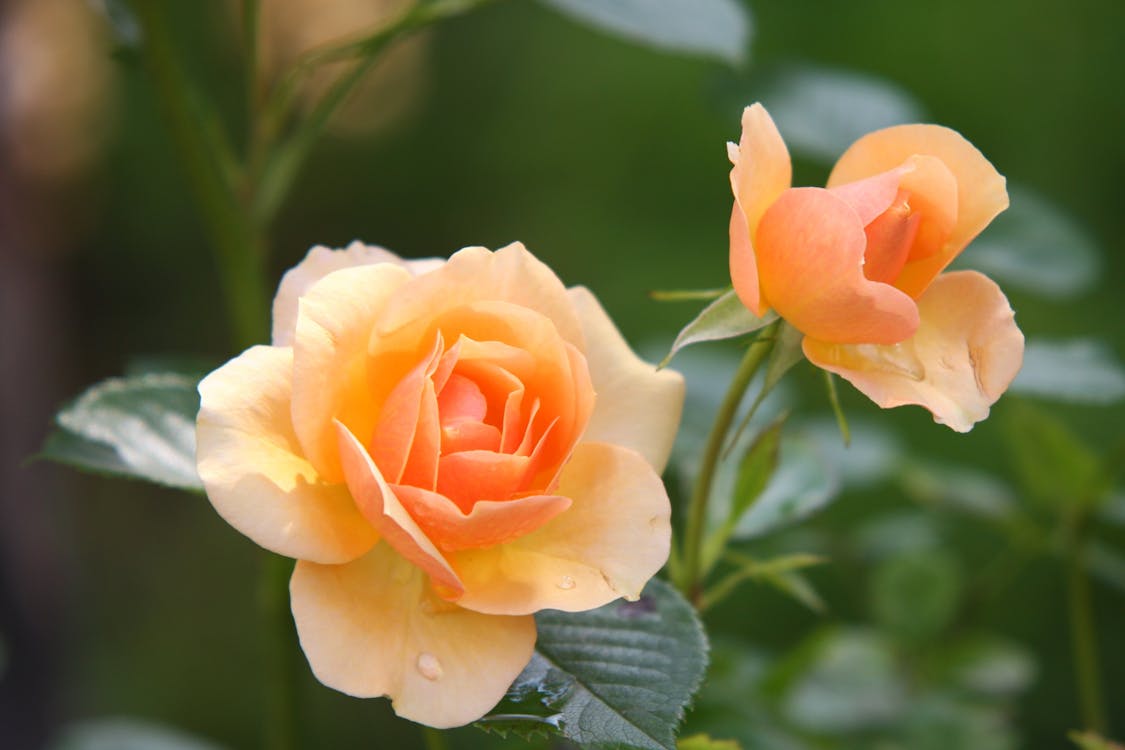
The Secret to a Blooming Garden: Tips for Successful Flower Bed Design
Share
The secret to a truly blooming garden lies in the thoughtful design of these flower beds.
Today, let's unravel the mysteries behind successful flower bed design, exploring techniques that promise not just growth but a riot of colors and fragrances.
From strategic plant placement to soil preparation, every element helps create a flourishing haven. Let's dive in!
1. Know Your Space: The Canvas for Blooms
Before you delve into the world of flowers and colors, understand the canvas you're working with. Assess the space to determine the scope of your flower beds. Whether it's a compact urban garden or a sprawling backyard, knowing your space allows you to plan flower beds that complement the overall landscape.
2. Design with Purpose: Themes and Focal Points
Every blooming garden has a story to tell, and your flower beds become the chapters in this narrative. Design with purpose by choosing a theme or focal points that guide your plant selection. Whether it's a color scheme that evolves with the seasons, a cottage garden overflowing with wildflowers, or a formal design with structured arrangements, a purposeful theme adds coherence to your garden. Focal points, such as a Japanese Stewartia tree or a distinctive sculpture, become anchors that draw the eye and create visual interest.
3. Embrace Variety: Textures and Heights
A blooming garden is a feast for the senses, and variety is the spice that makes it truly enticing. Embrace a range of flower types, each contributing unique textures and heights to your flower beds. Mix perennials with annuals and include flowering shrubs and ornamental grasses for dynamic dimensions. The interplay of heights not only adds visual interest but also ensures that blooms are showcased at different levels, creating a layered and lush effect.
4. Color Harmony: From Subtle Blends to Bold Contrasts
Color harmony is the secret sauce of a blooming garden. Consider the color wheel when selecting flowers to achieve a harmonious palette. Create subtle blends with analogous colors, or go for bold contrasts with complementary hues. While personal preferences play a role, also take into account the overall theme of your garden. For a cottage garden, an explosion of diverse colors may be fitting, while a formal garden may benefit from a more restrained color scheme.
5. Seasonal Planning: Blooms Throughout the Year
A truly blooming garden is a spectacle in every season. Plan your flower beds to ensure blooms throughout the year, creating a garden that evolves with the changing seasons. Incorporate a mix of early spring bulbs, summer perennials, fall bloomers, and evergreen plants that provide structure and color in winter. This seasonal planning ensures that your garden remains a vibrant masterpiece, even during the quieter months.

6. Soil Health: The Foundation of Blooms
The secret to a blooming garden lies in the health of its foundation – the soil. Invest time in understanding your soil type and its nutrient levels. Well-draining soil is crucial to prevent waterlogging. Healthy soil not only supports plant growth but also enhances the vibrancy of blooms.
7. Companion Planting: Blooms' Best Friends
Companion planting is a technique that maximizes the benefits of each plant by placing them in proximity to others that complement or support their growth. Consider planting flowers that attract pollinators, like marigolds and zinnias, alongside vegetables. This not only promotes biodiversity but also enhances the overall health of your garden. Certain flowers, like roses and lavender, may also act as natural pest repellents for neighboring plants.
8. Watering Wisdom: Hydration without Drowning
While water is essential for blooms, watering wisdom is crucial to prevent issues like root rot. Strike a balance by providing consistent moisture without overwatering. Deep watering encourages plants to establish strong root systems, ensuring their ability to absorb nutrients and thrive. Mulching around flower beds helps retain moisture, suppress weeds, and regulate soil temperature.
9. Maintenance Matters: Pruning and Deadheading
Regular maintenance is the backbone of a blooming garden. Pruning and deadheading spent blooms not only enhance the aesthetic appeal but also encourage plants to redirect energy into new growth and additional blooms. Remove dead or diseased foliage promptly to prevent the spread of diseases. A well-maintained garden is a canvas that continually renews itself, promising a succession of vibrant blooms.

As you embark on the journey of flower bed design, remember that Thuja Gardens is your partner in creating a garden that truly blooms. Our curated selection, including the graceful Japanese Stewartia and the majestic Thuja trees online, provides the elements that will elevate your garden to new heights. The secret to a blooming garden lies in your thoughtful design and the careful selection of plants that resonate with your vision. Embrace the art of flower bed design, and let your garden become a masterpiece that blooms with the seasons.
Ready to infuse your garden with the secret to blooming success? Explore our curated selection at Thuja Gardens and discover the plants that will add vibrancy and elegance to your flower beds.
